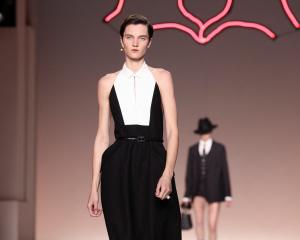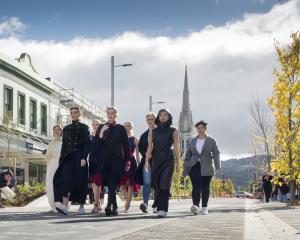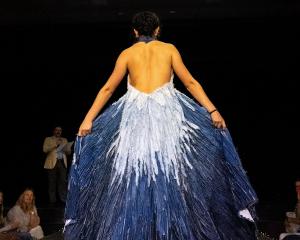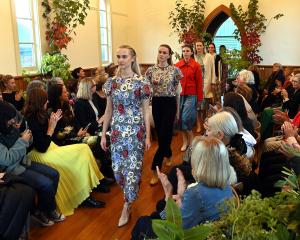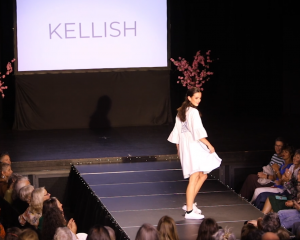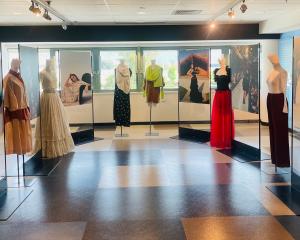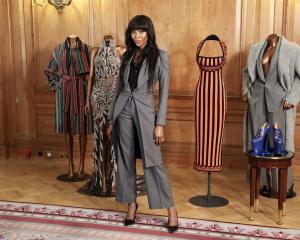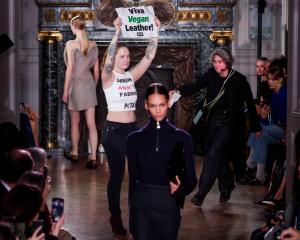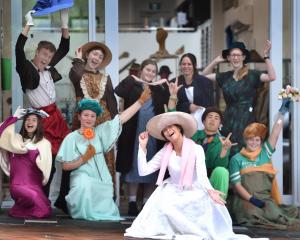A Dunedin designer is finding solutions for the footprint left behind by fashion, Kim Dungey writes.
Fiona Clements is making a fashion statement in more ways than one.
Concerned at the global problem of mounting waste, she makes her clothes from fabrics she finds at landfills and op shops or scraps that would otherwise be left on the cutting-room floor.
This week being Recycling Week, the Dunedin woman has been working with high school pupils, helping them create ''upcycled'' clothing, which they will show alongside some of her garments at Otago Museum today.
Clements was inspired to spread the zero-waste message after studying fashion design at Otago Polytechnic and realising how ''wasteful'' the fashion industry is.
In commercial pattern cutting between 8% and 30% of the fabric used to make every garment is thrown away, and at a local level, textiles going to the Green Island landfill increased from 3% of total waste in 2008 to 9% in 2012, she says.
Zero-waste design, a growing international movement, is about eliminating textile waste at the design stage by using techniques such as subtraction cutting, in which the shape is created by the removal of fabric, not the addition of fabric, and at what would normally be the end of a garment's life, by upcycling and making new clothes from previously worn garments.
Designing under the Senorita AweSUMO label, Clements uses fabrics she has found or commercial offcuts that have been donated to her as well as buttons from her late grandmother, a tailoress who had a shop in Northeast Valley.
Her collection at this year's iD Dunedin Fashion Show included a dress that she made from a Warehouse flag to highlight the fact people are ''consuming so much stuff that the landfills can't keep up''. She likes to use clean, simple lines and lots of colour.
The 33-year-old hopes her Jetty St premises will become a sustainable fashion hub, with a clothing bank for those who don't have access to quality clothing and workshops teaching people how to mend, sew and make patterns.
It's a fresh approach in an industry known for conspicuous consumption.
International clothing company H&M has new stock on the shelves every two to three weeks, she says, and in Dunedin there are stores selling ''cheap rubbish'' made by people who put up with ''unfair'' wages and ''terrible'' factory conditions.
''The biggest problem is the corporations, getting them to realise what they're doing is really damaging. All they care about is money.''
She is also concerned the fashion industry pushes the idea that all women ''have to be size 10 and fit a magazine-perfect reality''.
Fashion, along with plastics and oil, is one of the world's major environmental problems, she says.
''I call it the fashion monster.''
- Kim Dungey

